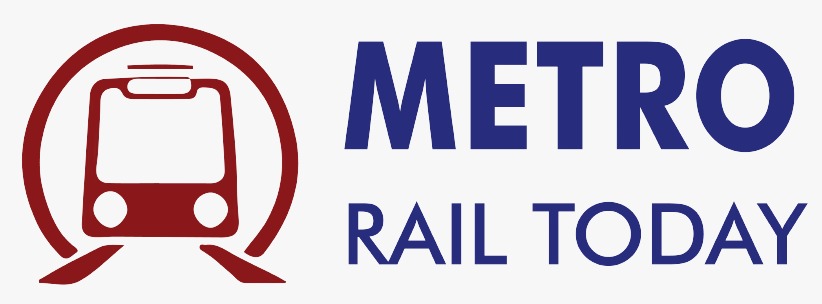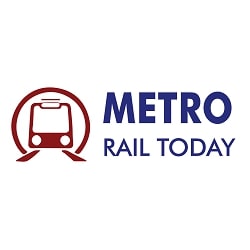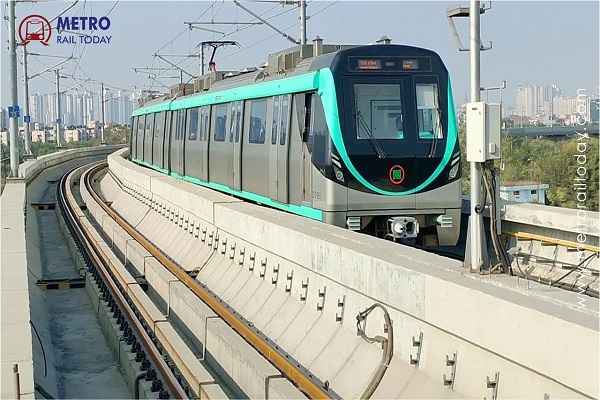 Ayesa India wins Design Consultancy Contract for Noida Metro Aqua Line Extension
Ayesa India wins Design Consultancy Contract for Noida Metro Aqua Line Extension Vossloh Cogifer bags Track Infrastructure Contract for Delhi Metro Phase 4 Corridors
Vossloh Cogifer bags Track Infrastructure Contract for Delhi Metro Phase 4 Corridors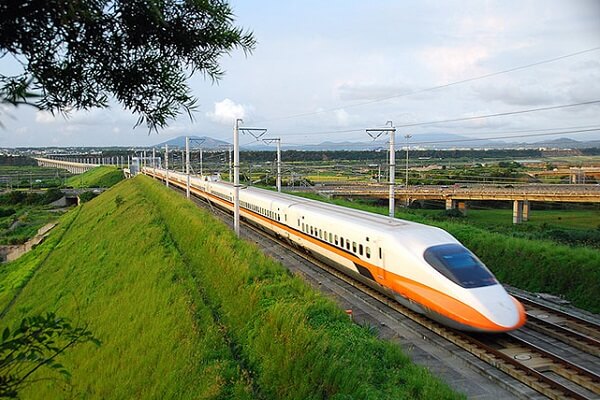 Railway finalised revised alignment for ₹16,000-crore Pune–Nashik Semi High-Speed Rail Corridor
Railway finalised revised alignment for ₹16,000-crore Pune–Nashik Semi High-Speed Rail Corridor India’s First High-Speed, Signalling-Integrated CMV launched for Namo Bharat RRTS Corridor
India’s First High-Speed, Signalling-Integrated CMV launched for Namo Bharat RRTS Corridor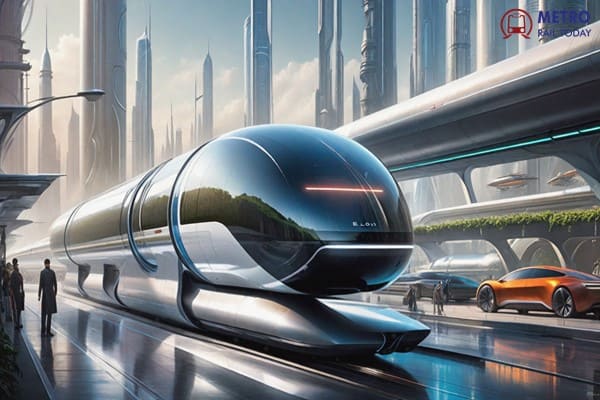 TuTr Hyperloop secures First-Ever Order from Deendayal Port Authority
TuTr Hyperloop secures First-Ever Order from Deendayal Port Authority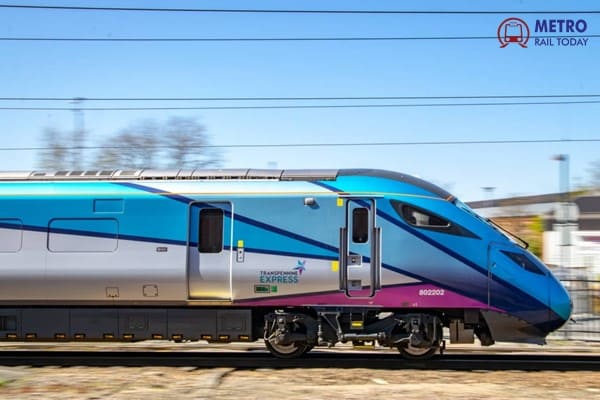 BEML bags ₹157 Crore Order from Loram Rail for Switch Rail Grinding Machines
BEML bags ₹157 Crore Order from Loram Rail for Switch Rail Grinding Machines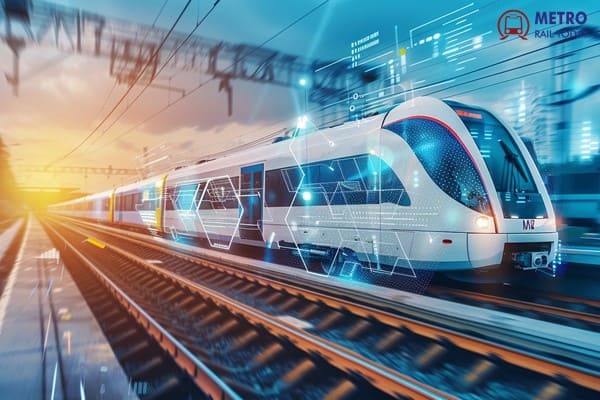 MxV Rail and KRRI forge Global Research Alliance to accelerate Next-Generation Rail Technologies
MxV Rail and KRRI forge Global Research Alliance to accelerate Next-Generation Rail Technologies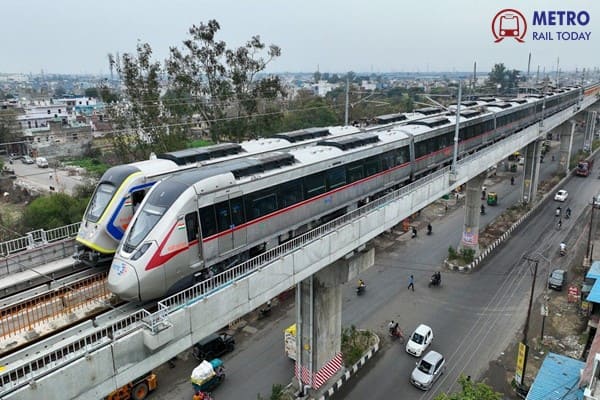 Uttarakhand seeks Pre-Feasibility Study for Meerut-Haridwar-Rishikesh RRTS Corridor
Uttarakhand seeks Pre-Feasibility Study for Meerut-Haridwar-Rishikesh RRTS Corridor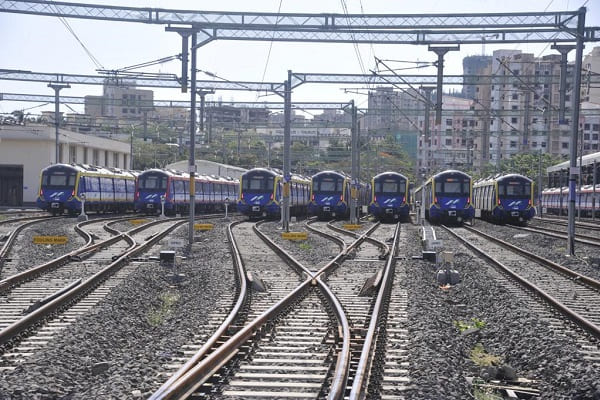 RIFTEK achieves major milestones in partnership with Indian Metro Rail Systems
RIFTEK achieves major milestones in partnership with Indian Metro Rail Systems Egypt all set to launch Alexandria Metro Phase 1 by 2026
Egypt all set to launch Alexandria Metro Phase 1 by 2026
Trial run begins on Mandale–Diamond Garden stretch of Mumbai Metro Line 2B

Mumbai, India (Metro Rail Today): The Mumbai Metropolitan Region Development Authority (MMRDA) has initiated trial operations on a key 5.5-kilometre section of Mumbai Metro Line 2B, also known as the Yellow Line. The trial run began on Wednesday between the Mandale car shed and Diamond Garden, covering five stations: Mandale, Mankhurd, BSNL, Shivaji Chowk, and Diamond Garden.
According to MMRDA officials, all major civil and electrical works, including the installation of overhead wiring, have been successfully completed. This progress has paved the way for comprehensive operational testing, which will assess the performance and safety of the metro system. The ongoing trial phase will include both static and dynamic testing of critical components such as braking systems, acceleration, signalling, telecommunications, and energy consumption. These evaluations are essential to ensure full system integration and safety before passenger services begin.
Metro Line 2B spans a total of 23.64 kilometres, eventually connecting DN Nagar in Andheri (western suburbs) to Mandale near Mankhurd (eastern suburbs). The elevated corridor is a significant part of Mumbai’s broader plan to expand its metro network and enhance east-west connectivity across the city. Once completed, it is expected to provide faster, cleaner, and more reliable transportation for millions of commuters.
The trial run marks a crucial milestone in the phased rollout of the Yellow Line and signals growing momentum in Mumbai’s ongoing metro infrastructure development.
When fully operational, Metro Line 2B is expected to reduce travel time across the corridor by up to 75%, while easing congestion and lowering vehicular emissions. The entire corridor will feature 20 stations, running through densely populated residential and commercial zones. It will also interface with several key transport arteries, including the Western and Eastern Express Highways, suburban rail lines, the Monorail, and multiple other metro corridors such as Lines 2A, 3, and 4 — positioning it as a critical pillar in Mumbai’s evolving multimodal transit network.
Despite its promise, the project has faced delays due to utility relocation issues, daytime work restrictions in congested areas, and COVID-19-related setbacks in labor and material supply. The original target for commercial operations was December 2025, but officials now anticipate a staggered launch, with sections opening in phases based on safety and readiness.
